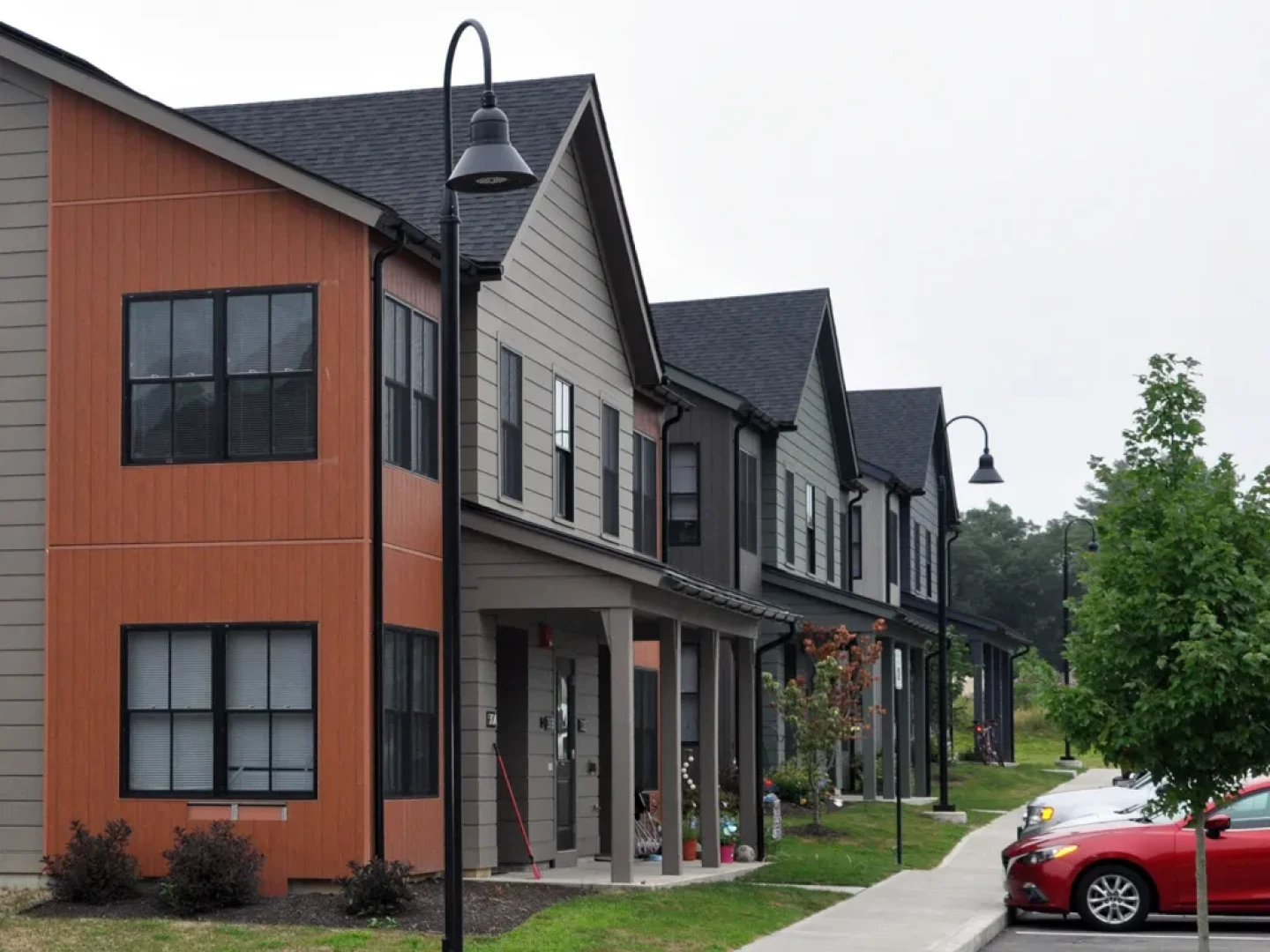The state of Rhode Island has a new strategy to spur the development of housing: a “land bank.”
The goal: make it easier for municipalities to identify unused property that can be used for housing projects, while reducing land acquisition costs for developers.
The General Assembly created the land bank during the 2025 legislative session. It is to be housed within the Rhode Island Housing and Mortgage Finance Corporation — known as the quasi-public body RIHousing — and it will accept property for redevelopment into housing.
Morning Host Luis Hernandez spoke with state Rep. June Speakman, who sponsored the House bill establishing the land bank.
Interview highlights
On what the housing land bank is and why it’s necessary
June Speakman: The land bank is another tool in our housing toolbox we’ve been developing over the past several years. It allows for RIHousing to acquire land and hold it for development for affordable housing. This is not a new concept. It’s just building on existing law and it’s a tool that exists in many other states, as well. Land is one of the most expensive parts of a housing development, and this just allows for a little bit more information about what land is available, and a process for acquiring it and using it for housing.
The legislation specifies a number of ways that the land bank can acquire [property.] It can purchase, it can acquire them from other state agencies, it can receive them as gifts. It’s pretty much the same way that any of us would acquire property.
On the difficulties Rhode Island municipalities face in developing abandoned and unused properties
Speakman: Sometimes it’s difficult getting ownership of those properties if they belong to a municipality. [The land bank] encourages municipalities to engage in negotiations with RIHousing for dealing with undeveloped properties. Private property owners, you can let your property sit vacant for as long as you wish. Now that we have more planning and policy capacity at the state level, the Department of Housing and RIHousing both have agency or shops within them that encourage them to look for parcels.
Nothing stops anyone from approaching a private owner and asking if they would be willing to sell their property, or use their property for housing, whether it’s affordable or market-rate. So it’s just a matter of doing it right, having a mechanism and having the will to look around for where it is appropriate to build housing and trying to get housing built there.
On whether developers will be offered incentives to develop land bank properties
Speakman: [The land bank] doesn’t provide funding for the development, but it does take the heat off of the acquisition costs for land. The development would not be done by RIHousing. It might be financed by RIHousing. That’s another piece of RIHousing’s work here. Who the developer is, how many units will be built, and where the money’s going to come from; that takes place in other places.
On how the success of the land bank will be determined
Speakman: So that’s the thing about housing, right? You pass all these laws this year and then you really don’t see heads on beds – as one of the advocates says – for two or three years down the line.
We are already seeing more activity in the housing construction space. You’ve noticed more ribbon cuttings recently and that activity around Trader Joe’s [in Providence,] there’s a small affordable piece to that. There’s buildings going up there, it feels like, every other month. So we’re seeing more activity; not enough, but more.







